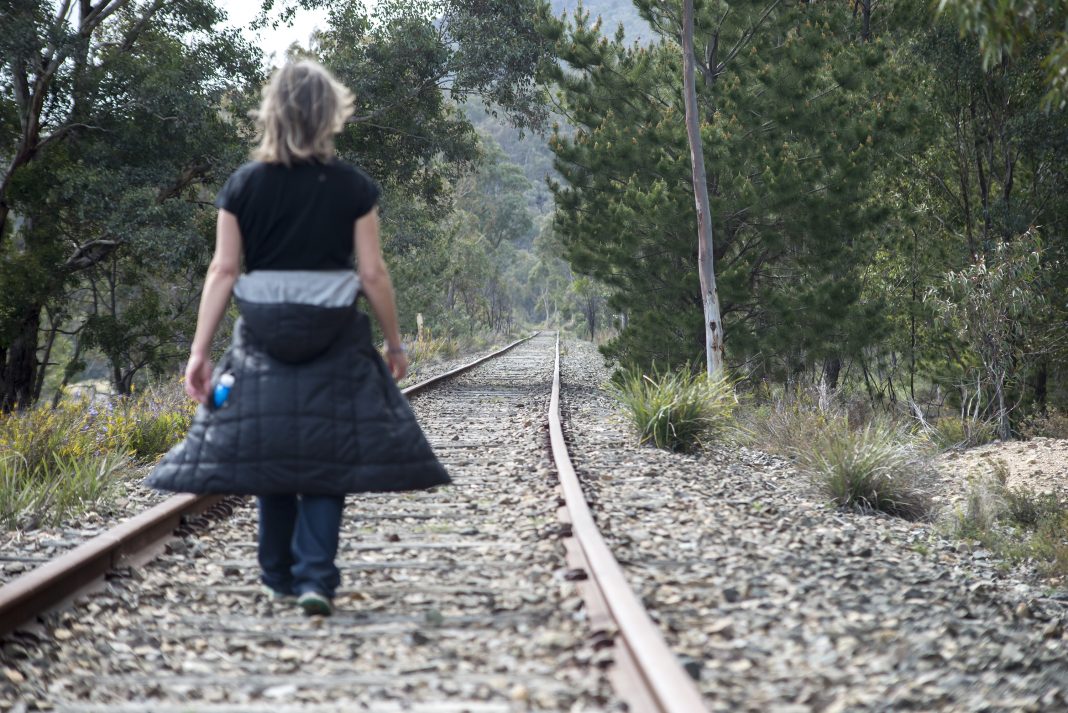Local urban explorers have mapped out a far grittier plan of Canberra than Walter Burley Griffin’s aesthetic vision – that of abandoned ruins and hidden or forgotten structures.
For those who don’t know, urban explorers (or urbex) explore man-made structures, usually abandoned. The hobby is practiced worldwide but even Canberra – with its shiny new facade – has a few long-abandoned places for urbex enthusiasts.
It should be emphasised that trespassing is illegal and only publicly-accessible structures should be entered for your safety. Unauthorised access of abandoned structures have hazards such as unstable structures, unsafe floors, broken glass, stray voltage, or chemicals (like asbestos).
Most urban explorers are in it for the dramatic photography or historical interest and the three golden rules of urbex are: take nothing but pictures, leave nothing but footprints, and break nothing but silence. Also, never urbex alone, always buddy up with someone.
Probably Canberra’s best-known abandoned site is Mt Stromlo observatory dating back to 1911, which is now empty and charred from the 2003 bushfires. The temperature on January 18 was more than 73 degrees Celsius so all that remains of the telescopes are burnt-out shells and scarred concrete walls under a steel dome, like a mausoleum.
Another long-abandoned site is the southern end of the closed railway line to Bombala, which was built in 1887-89. An old concrete railway siding still exists from when it was last used in 1990. If you travel south on the Monaro Highway, when you reach the suburb of Chisholm, turn left off the highway at the sign for ‘The Old Tuggeranong Road’ (not open to general traffic). Walk along the road to the border (about 40 minutes).
Local urban explorers used to have a field day at Canberra’s old space tracking stations (Honeysuckle Creek and Orroral Valley). Unfortunately, so did vandals – at Orroral Valley, vandals even stole the “Keep Out” sign.
By 1990, the buildings at both sites were badly deteriorated and they were demolished – all that remains at Honeysuckle Creek are concrete foundations of the original structures.
Closer to home is the ghost town of Westlake, which was once a thriving suburb (population 700) that existed from 1922 to 1965. Located on the outskirts of Yarralumla, the site where Westlake once existed is now surrounded by embassies and bushland.
Westlake used to be made up of 61 cottages for tradesmen and their families, who came to Canberra to build the capital’s first buildings (including Civic’s Sydney and Melbourne buildings). All the original Westlake cottages were eventually sold off and taken away by truck, with the last cottage removed in 1965.
Remnants of original buildings can still be seen today.
Urbex is an unusual pursuit, probably born out of the lack of undiscovered places left in the world, or the relentless encroachment of suburbia. Some urban explorers find the rotting urban decay of uninhabited space beautiful, and some are just adventurous freelance photographers seeking that perfect capture.
While the exact origins of urbex is unknown, the urbex community tends to recognise Philibert Aspairt as the founder of urban exploration. Aspairt worked as a doorkeeper at Paris’s Val-de-Grâce hospital, which had direct access to the Parisian Catacombs.
If you’re interested in urbex, remember – do not trespass on private property and leave the property exactly the way you found it. Although some abandoned sites may already be covered in graffiti and rubbish, remember that urban explorers are not vandals.



